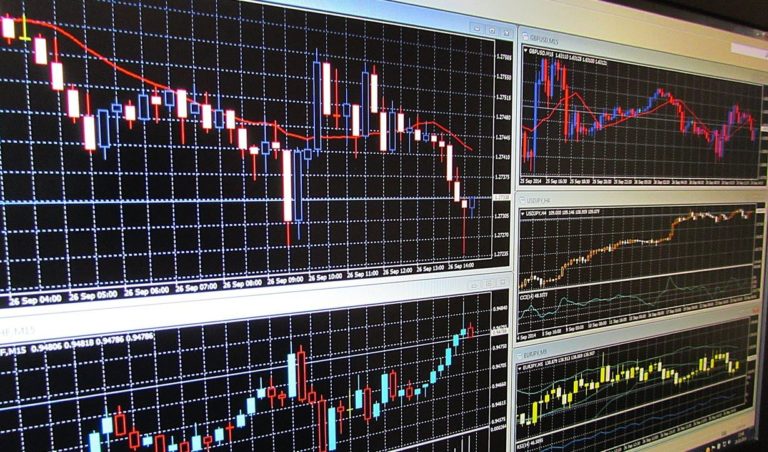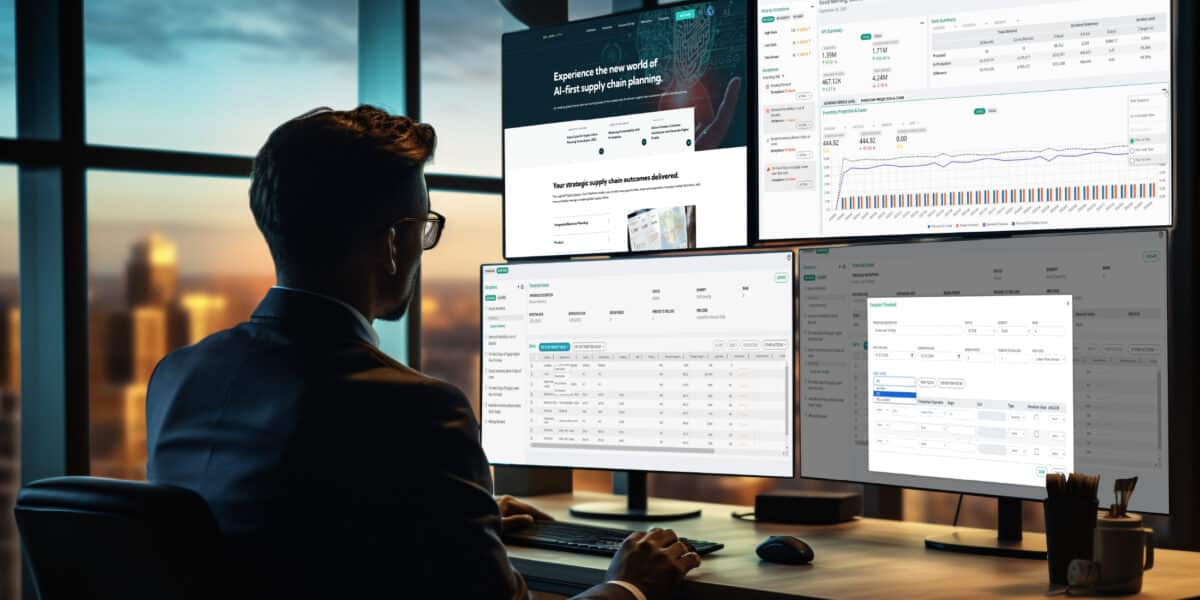
My pool has an automation system that allows me to sense and control certain parameters like temperature, pump speed, and salinity parts per million (PPM). The pool control system provides some analytics to view performance and parameters overtime and can be accessed via laptop and mobile devices. You can even set up limits on key parameters and system alerts when parameters fall outside of tolerance. However, with my current set up someone still needs to test the water for Alkalinity, pH, Chlorine, Calcium, Cyanuric Acid, and Phosphates on a regular basis to ensure proper levels are maintained. Someone also has to add the appropriate amounts of chemicals. Pool water maintenance is complicated. Changing one chemical level can lead to adverse changes in other chemical levels. One partial solution is to hire a pool service, but they only perform a few tests and the service is expensive. Another solution is the application of additional automation to sense, analyze and automatically inject the right amount of chemicals into the pool. My pool automation platform already has the foundation for this automation. I just need to invest in the sensors and the chemical injectors. After maintaining my pool manually for a few months I am leaning towards investing in additional automation.
My experience with my pool led me to think about supply chain automation and how automation is a journey not a destination. Numerous case studies exist that show how the automation of supply chain processes can be beneficial. However, does your supply chain platform have the capabilities to support automation? The rest of this article will discuss the foundational capabilities your supply chain platform should have to enable automation.
First, you need to have deployed the basic demand, inventory and supply components of an integrated supply chain planning & optimization system of record. Automation of dysfunctional and disconnected supply chain processes based on spreadsheets and a hodgepodge of systems will only lead to making suboptimal decisions, rework, and frustration. Supply chain process automation needs near real-time data and visibility across the extended supply chain.
An important foundational component to automation is exception-based process management. Automation is built on workflow, tolerances and active alerts. The supply chain platform has to be able to identify what can be handled automatically and what needs manual intervention based on rules and tolerances.
A key foundational component for automation is high quality data. A significant portion of supply chain data originates from outside of a company’s enterprise systems. Data on partner capabilities and capacities, customer demand and delivery requirements, and global disruptions need to be captured, checked for integrity, and processed in a consistent manner to ensure the use of that data leads to better decisions. An effective Supply Chain Master Data Management (SCMDM) process supported by enabling technology will ensure successful automation of supply chain processes.
Your supply chain platform should support advanced numeric and visual analytics and proven in-memory processing to enable quick set up and processing of multiple “what-if” scenarios. Advanced platform automation builds on analytics and the ability to generate and optimally solve structured problems based on user-defined parameters.
Finally, your supply chain platform should have a rich foundation of algorithmic planning and optimization and the ability to learn. End-to-end optimization of your supply chain depends on visibility into your own and partner facility, lane, time constraints, the capability to create a “Digital Twin” model of those constraints, and the ability to quickly solve for optimal results with minimal costs. Machine learning capabilities round out your foundation for automation by ensuring your platform learns from past decisions as well as the current environment to make better decisions in the future.
The path to supply chain automation is a journey not a destination. As with all journeys, to be successful along the way requires preparation and the right equipment. The right platform can lead to faster and better decisions, lower costs, and more time available for higher value activities.
Additional Reading:
- White Paper: Planning Optimized: Building a Sustainable Competitive Advantage
- White Paper: Eight Methods that Improve Forecasting Accuracy



